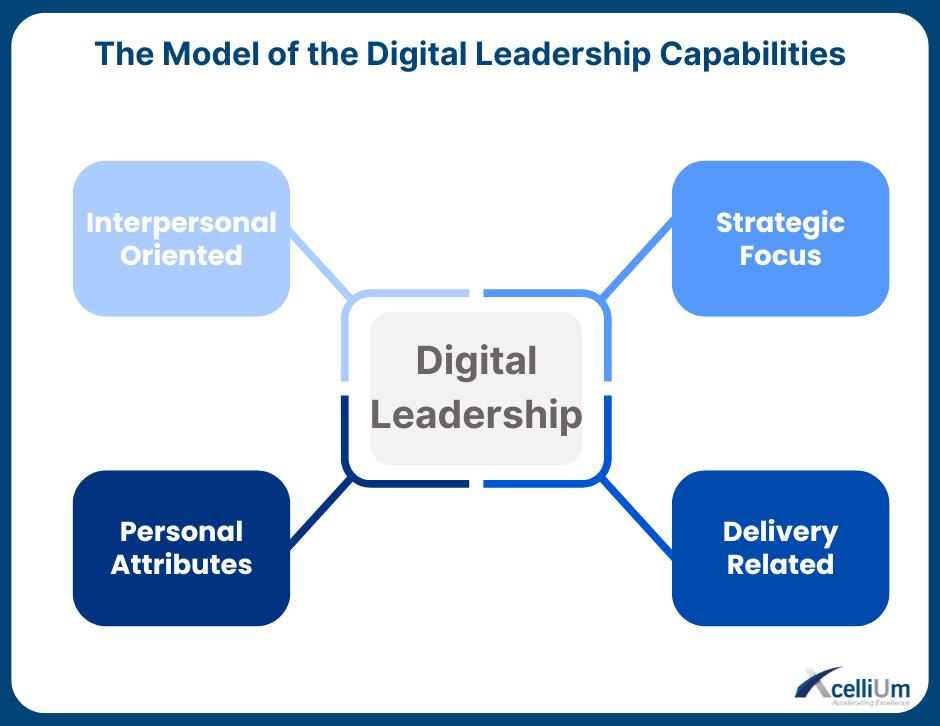Enhance Your Future-Readiness: Assess Your Status Today!
- Nancy Nouaimeh
- Aug 26, 2023
- 3 min read
Updated: Jan 26, 2024
Small and Medium-sized Enterprises (SMEs) are the backbone of economies worldwide, contributing significantly to global GDP and employment. Recognizing their pivotal role in shaping the future, the World Economic Forum, in collaboration with esteemed institutions, has devised a cutting-edge methodology to assess the future readiness of SMEs. This groundbreaking approach delves into key dimensions and drivers that define an organization's preparedness for an ever-evolving business landscape, offering valuable insights and a roadmap for success.
The fact is that SMEs represent around 90% of all firms globally, make up roughly 70% of employment, and, by some estimates, contribute up to 70% of global GDP. At an aggregate level, these businesses play significant roles in enabling, constraining, and shaping the nature of growth, innovation, and sustainability of global, regional, and local economies.
The World Economic Forum Future-Readiness Benchmarking Tool
Collaborating with the University of Cambridge Judge Business School and the National University of Singapore Business School, the World Economic Forum has designed a methodology to assess future readiness profiles. This methodology particularly targets SMEs, a focus aligned with the Forum's objectives.

To achieve this, these entities have identified pivotal pillars and drivers that contribute to an organization's readiness for the future. The resulting report generated through this methodology becomes a valuable instrument, sparking internal discussions and offering insights into the company's current status and preparedness for future challenges and opportunities.
The foundation of this methodology is rooted in extensive research. The World Economic Forum's method for profiling companies' future readiness is grounded in the analysis of over 200 peer-reviewed articles. Furthermore, it entails surveying more than 850 SMEs globally, spanning diverse industries.
This comprehensive research effort ensures that the assessment benefits from a wide range of perspectives and insights, enhancing its precision and relevance.
The profiling tool comprises three core dimensions:
Long-term Growth: Measures the ability to sustain financial strength through innovative business models, products, and/or services.
Societal Impact: Gauges the extent to which the company addresses potential negative externalities, and particularly the integration of impact in core business models, processes, and practices aligned with environmental, social, and governance (ESG) goals.
Adaptive Capacity: Measures the level of resilience and agility; in other words, the capacity to rebound during challenges and seize opportunities in line with an evolving market.
Key drivers of future readiness, encompassing orientation, business model flexibility, networks, digital infrastructure, governance, and people, are enclosed in the profiling process. These drivers collectively shape an organization's ability to navigate the uncertain future.
While the challenges of SMEs are different from those of Large companies, if SMEs focus on understanding their future challenges, assess where they are and where they need to be in the future, they can draw a realistic roadmap for themselves to navigate in a more steady way in the future. Understanding how they benchmark for future-readiness could be helpful, especially when coupled with a focus on excellence. In conclusion, the future-readiness of Small and Medium Enterprises (SMEs) is vital for their sustained growth and success in an ever-evolving business landscape. To thrive in the future, SMEs should take proactive steps:
Understand the Future: Stay informed about industry trends, technological advancements, and market shifts.
Assess Your Position: Conduct a thorough analysis of your strengths, your future readiness and opportunities for improvement.
Set a Vision: Define where you want to be in the future and align your efforts accordingly.
Benchmark for Excellence: Compare your performance against industry best practices and competitors. There are several tools developed specifically for SMEs.
Develop a Realistic Roadmap: Create a clear plan with actionable steps to bridge the gap between your current state and future goals and foster a culture of continuous improvement, innovation, and adaptability.

By taking these actions:
SMEs can mitigate risks, seize opportunities, optimize resources, and adapt to changes effectively.
They can start their journey towards long-term success and resilience.
Reference: World Economic Forum Benchmarking Tool
https://initiatives.weforum.org/future-readiness-best-practices/benchmarking-tool






Comments